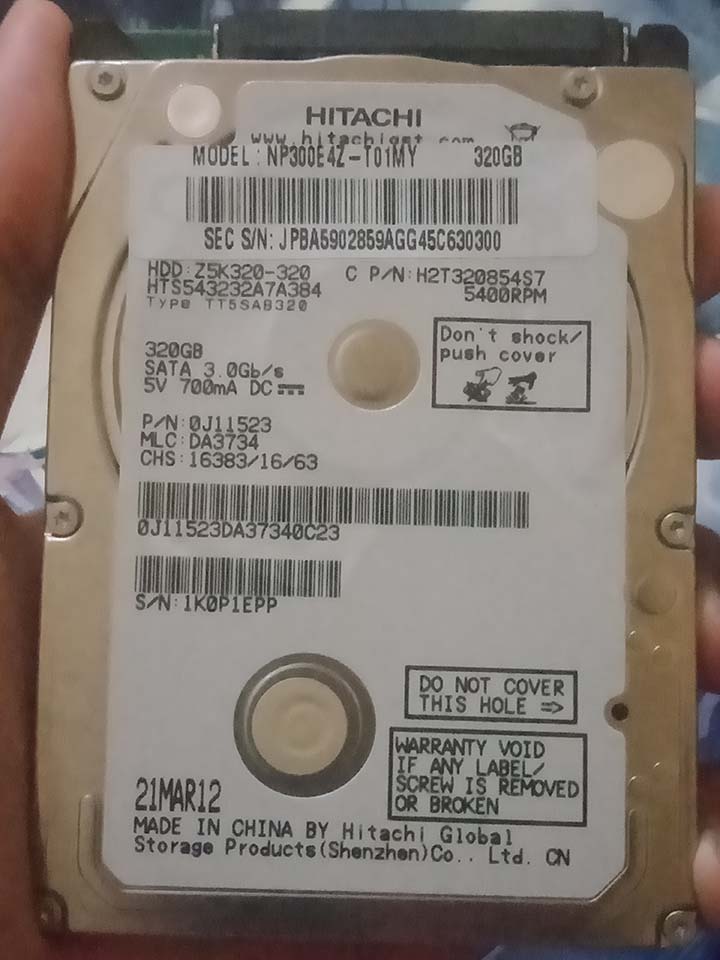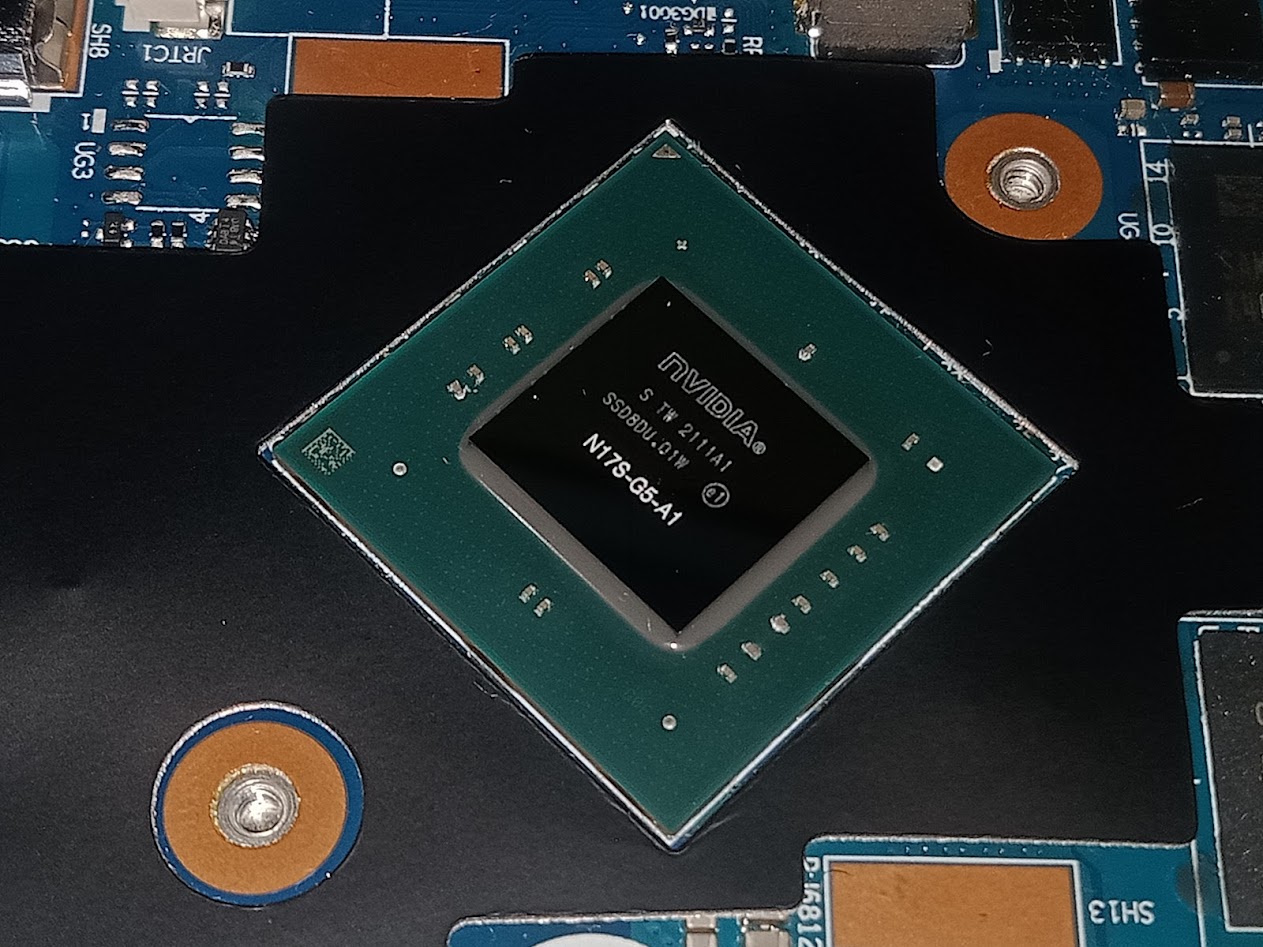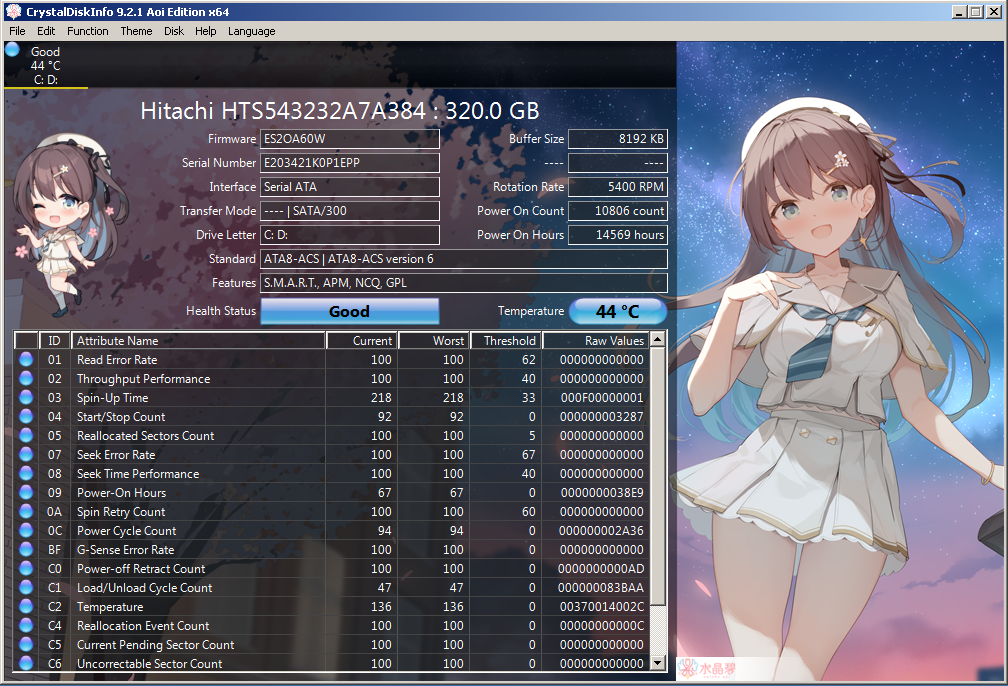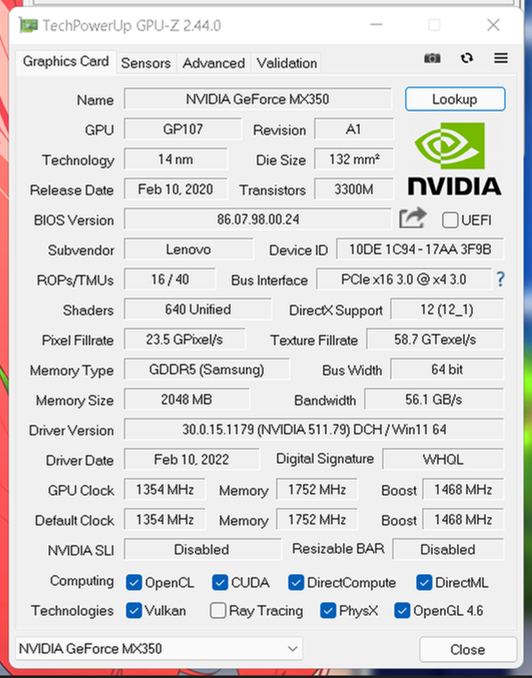Comparing: Hitachi HTS543232A7A384 vs GeForce MX350 [Disk]
In this comparison, we analyze two Disks: Hitachi HTS543232A7A384 and GeForce MX350 [Disk], using synthetic benchmark tests to evaluate their overall performance. This side-by-side comparison helps users understand which hardware delivers better value, speed, and efficiency based on standardized testing. Whether you're building a new system or upgrading an existing one, this benchmark-driven evaluation offers valuable insights to guide your decision.

Hitachi HTS543232A7A384
| Type: | Disks |
|---|---|
| Model: | Hitachi HTS543232A7A384 |
| Capacity: | 320GB |
| Interface: | SATA-II 3Gbps |

GeForce MX350 [Disk]
| Type: | Disks |
|---|---|
| Model: | GeForce MX350 [Disk] |
| Capacity: | 2GB, 1.5GB |
| Interface: | GDDR5 |
Specification Comparison Table
This specification comparison presents technical details of several devices or components to help you understand the key differences between each option. Use this table as a reference to determine which device best suits your needs.
| Specification | Hitachi HTS543232A7A384 | GeForce MX350 [Disk] |
|---|---|---|
| Brand | Hitachi | Samsung |
| Format | HDD 2.5 | VRAM Disk |
| Capacity | 320GB | 2GB, 1.5GB |
| Interface | SATA-II 3Gbps | GDDR5 |
Submission Comparison Table
This submission comparison table displays the number and details of benchmark data submissions from various devices or components. This information helps you understand the performance based on the benchmarks that have been tested, as well as providing an overview of the consistency and popularity of the available benchmark results.
| No. | Benchmark Software | Hitachi HTS543232A7A384 | GeForce MX350 [Disk] |
|---|---|---|---|
| 1 | ATTO Disk Benchmark - 64M |
Read: 72.93 MB/s Write: 72.83 MB/s |
Read: 1440.00 MB/s Write: 1330.00 MB/s |
| 2 | CrystalDiskMark |
Read: 80.74 MB/s Write: 79.69 MB/s |
Read: 1113.58 MB/s Write: 995.48 MB/s |
Submission Comparison Chart
This chart visualizes the benchmark scores comparison between two hardware devices based on submitted data.
Media Gallery
A collection of photos of tested hardware. These images can help you identify the physical form, model, and variant of the hardware in question. These photos are from our own documentation, and if they are not available we may not be able to document them.
About Hardware Hitachi HTS543232A7A384
The Hitachi HTS543232A7A384 is a 2.5-inch hard disk with a 320GB capacity, designed for laptops and portable storage devices. It uses a 3Gbps SATA II interface and has a rotation speed of 5400 RPM, making it a more power-efficient option than 7200 RPM HDDs. This speed is ideal for light everyday use, where power efficiency and stability take precedence over high performance.
With 8MB of buffer cache, the drive is reliable enough to handle document storage, multimedia files such as music and videos, and light applications. While its data transfer speeds are not as fast as modern SSDs, the HTS543232A7A384 remains a solid choice for users looking for low-cost, high-capacity storage, especially in previous generation laptops or external enclosures.
The main test was conducted using a SAMSUNG 300E4Z laptop equipped with Intel Celeron B815, 4GB DDR3 Dual Channel RAM (2x2GB), and running Windows 7 64-bit operating system. The results obtained reflect real performance in an entry-level computing environment.
In addition, the HDD was also tested using the cross-platform method by utilizing a USB 3.0 enclosure connected to a Lenovo IdeaPad Slim 3i 14ITL6 (Intel Core i5-1135G7, Windows 11) via a USB 3.1 Gen 1 port. This test showed that the hard disk remains compatible and works well on modern devices via an external connection, although performance is limited by the speed of the internal drive.
With its reliable design and broad compatibility, the Hitachi HTS543232A7A384 is still relevant as a backup storage solution or external storage medium for users who need a sizable storage capacity without having to spend a lot.
Tested on:
Device: SAMSUNG 300E4Z
CPU: Intel Celeron B815
RAM: 4GB DDR3 Dual Channel (2x2GB)
OS: Windows 7
* Special Cross Platform Disk Test using IdeaPad Slim 3i 14ITL6 Laptop (i5-1135G7, Win11, USB 3.1 Gen 1) and using USB 3.0 Harddisk Enclosure
Tuesday, 22 November 2022 02:54:03 | Update: 1 month ago
About Hardware GeForce MX350 [Disk]
The NVIDIA GeForce MX350 is an entry-level GPU designed for thin and light laptops, delivering significant graphics performance improvements over the processor's built-in iGPU. The GPU is based on the Pascal architecture with 640 CUDA Cores, and features 2GB or 4GB of GDDR5 memory with 64-bit bus width. The MX350 is generally used for light graphics tasks such as photo editing, light video, and casual gaming, and provides GPU acceleration for CUDA-enabled creative applications.
But in this particular test, a portion of the video memory (VRAM) on the GeForce MX350 was configured as a VRAMDisk. The concept of a VRAMDisk is similar to a RAMDisk, but it uses the VRAM of the GPU as a super-fast storage medium. VRAMDisk allows the creation of temporary, high-speed drives that can be utilized for technical experiments, speed testing, or graphics caching in certain scenarios. Although its capacity is limited and volatile (data is lost on reboot), the high bandwidth and low latency of VRAM provide compelling performance in certain contexts.
The tests were conducted on a Lenovo IdeaPad Slim 3i 14ITL6 laptop with Intel Core i5-1135G7 processor, 12GB DDR4 3200MHz dual channel RAM, and Windows 11 22H2 operating system. The VRAMDisk was created from a 2GB GeForce MX350 GPU, with virtual disk sizes of 1GB and 1.5GB, using special software called GPU RAM Drive.
Benchmark results with CrystalDiskMark recorded read speeds of 1113.58 MB/s and write speeds of 995.48 MB/s, showing the high bandwidth potential of VRAM as a temporary storage medium. Although the performance does not match DDR4-based RAMDisks, VRAMDisks remain a unique and attractive solution for certain technical purposes, especially for users who want to utilize idle VRAM for fast I/O processes. With its dedicated laptop GPU form factor and PCIe x4 Gen 3.0 interface, the GeForce MX350 VRAMDisk opens up new exploration possibilities in the world of experimental graphics-based high-speed storage.
Device test (testbed):
Device: Lenovo IdeaPad Slim 3i 14ITL6
CPU: i5 1135G7
RAM: 12GB DDR4 3200MHz Dual Channel (8+4)
OS: Windows 11 22H2
Friday, 06 August 2021 04:34:19 | Update: 1 month ago


